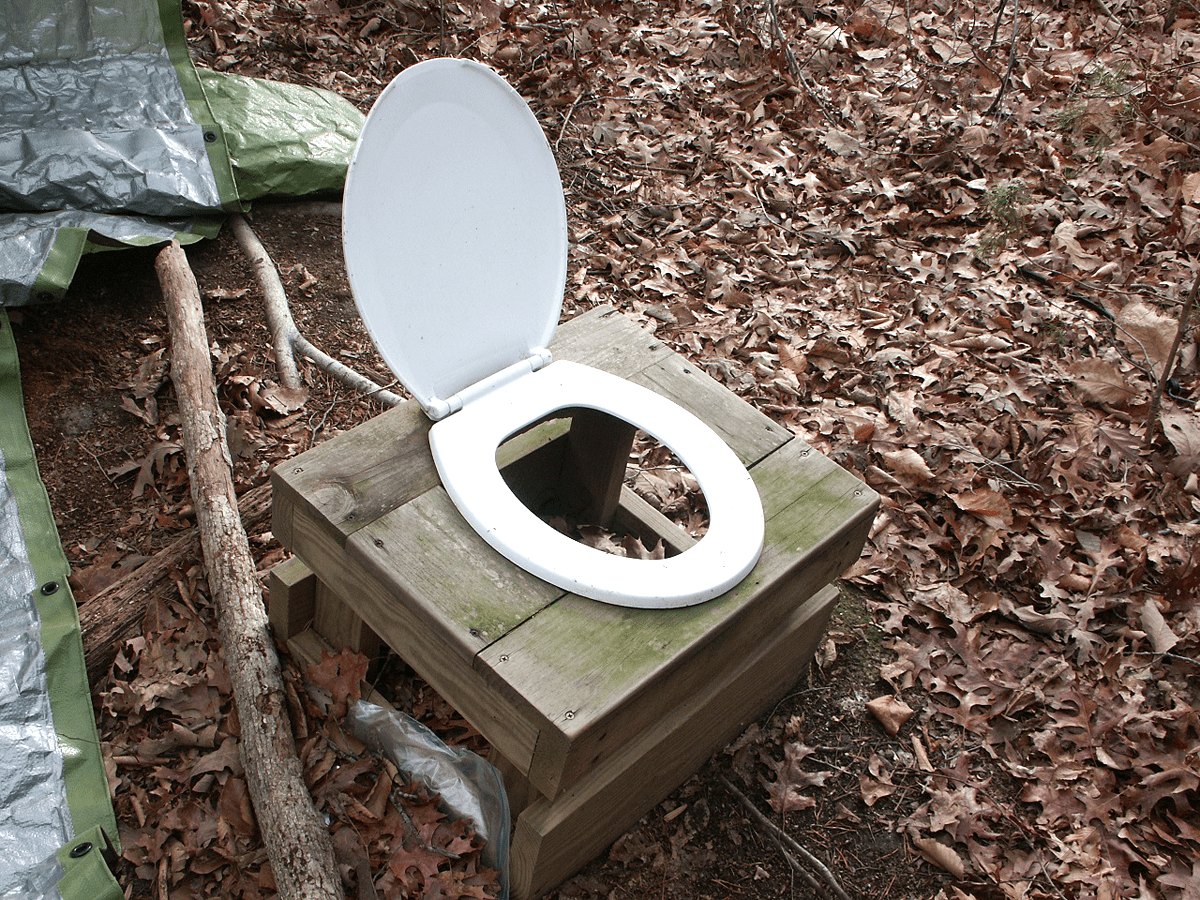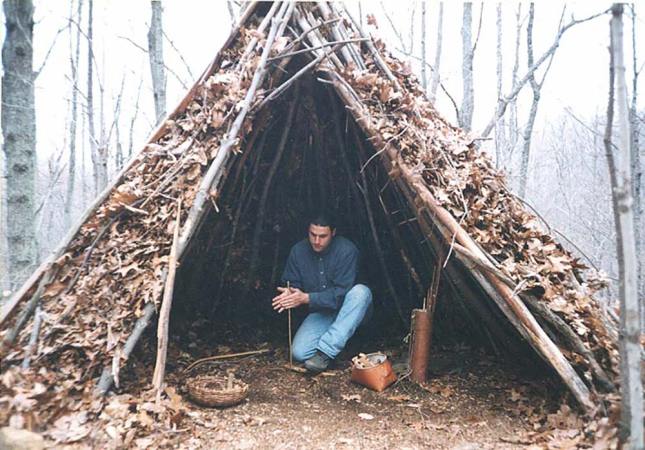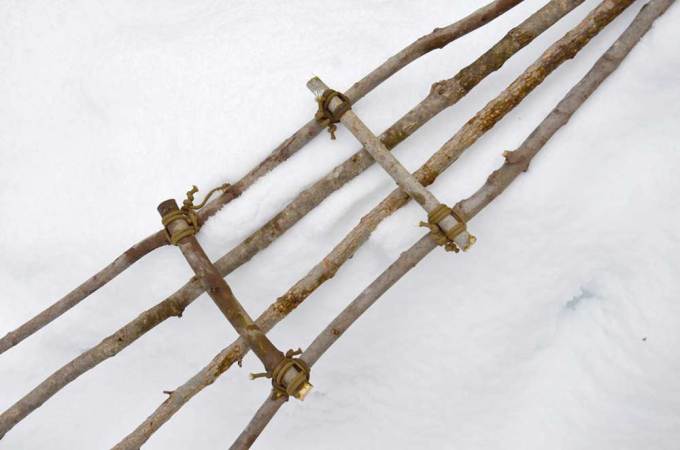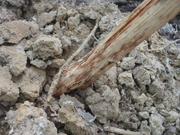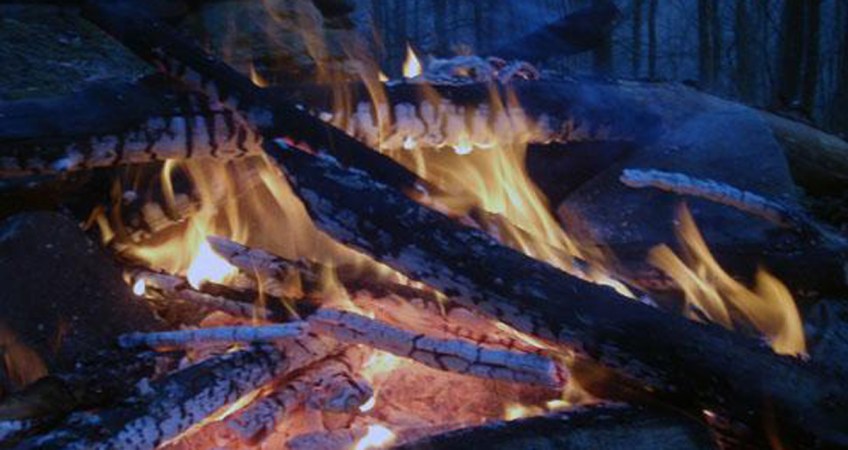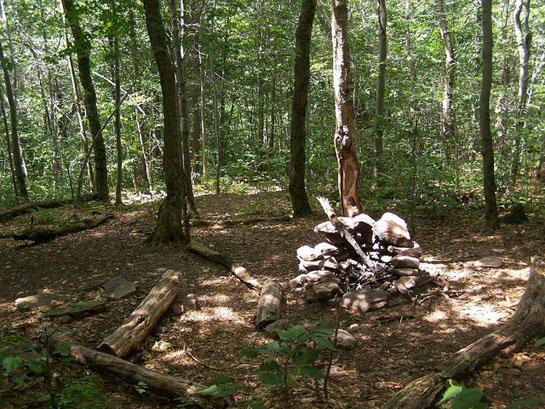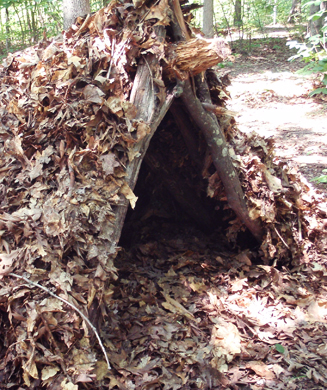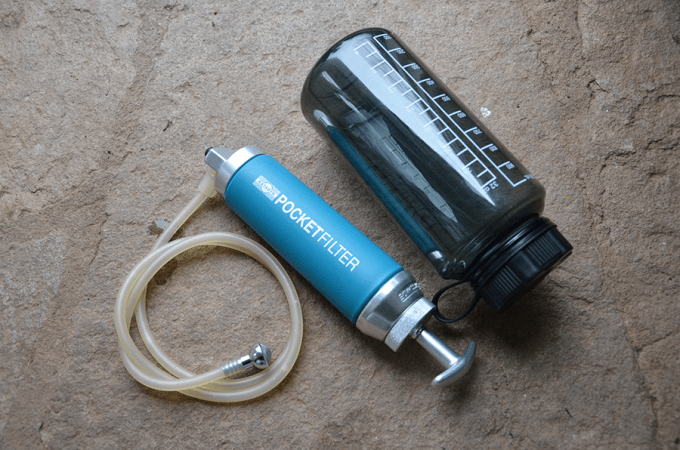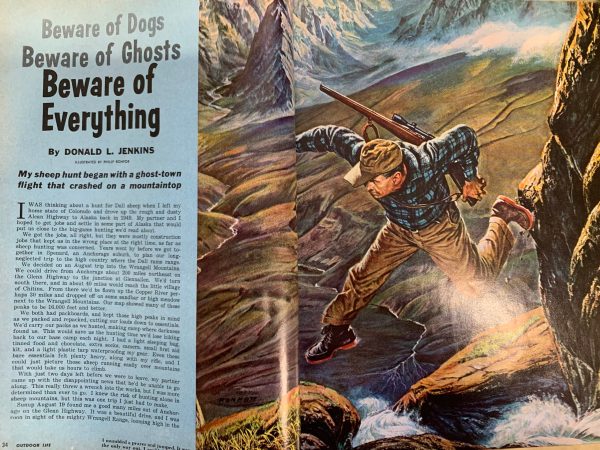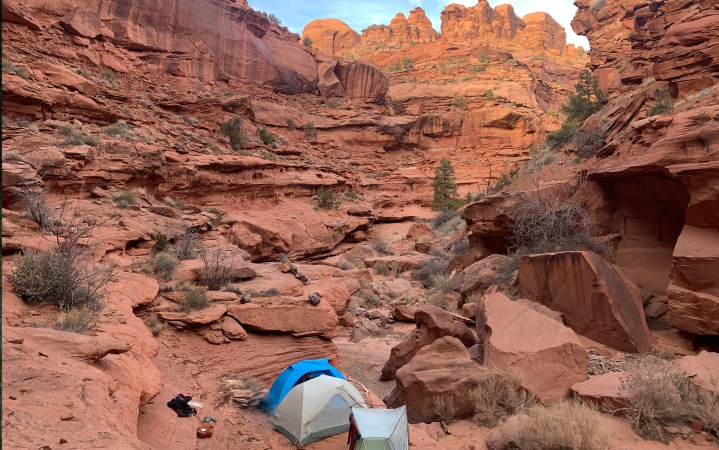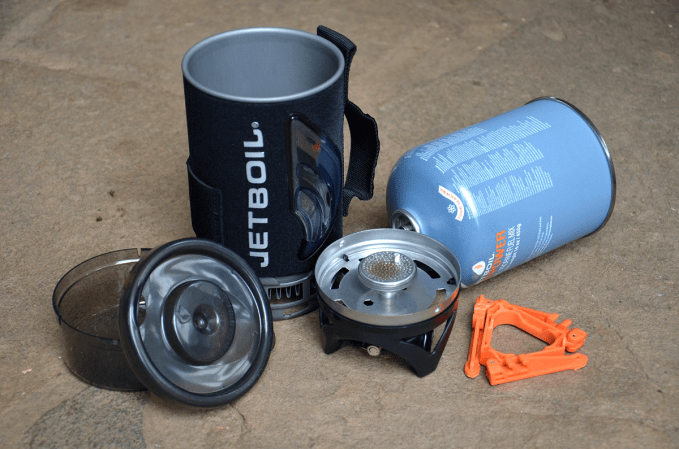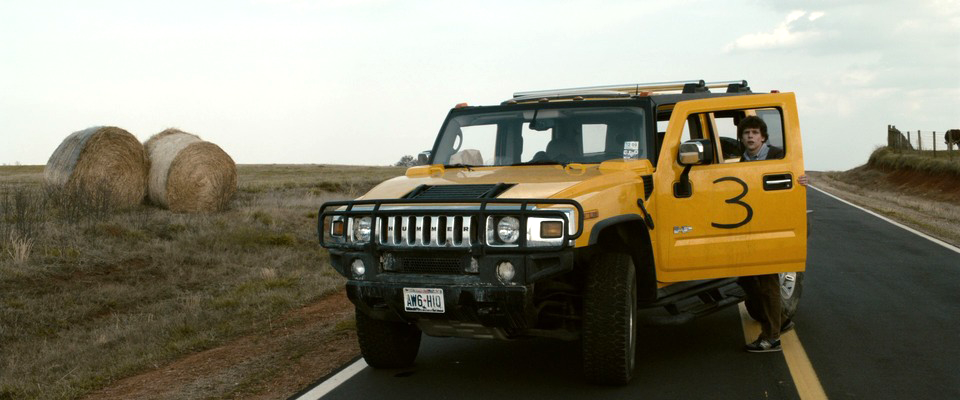It’s not uncommon to still find outhouses “in service” throughout the remote cabins and camps of this country. In situations where a traditional septic system isn’t an option and you’re many miles from a municipal sewage hookup, the outhouse contains human waste and allows it to break down naturally in the soil. It’s not a perfect system for waste disposal, as an outhouse can leach bacteria into the ground water and contaminate a wide area during a flood. But for a quick off-the-grid solution, or for emergency sanitation, it’s worth taking a look.
Down and Dirty Latrines
The most basic “outhouse” is the latrine. If you know you’ll only be using it for a short time with a small group, a trench latrine is a fine choice. Dig a trench into the topsoil that is one foot wide and one foot deep. The length can be several feet long, and its placement should always be downwind and downhill from home or camp. Leave the dirt piled next to the trench for waste coverage. The use of the latrine is easy enough. Straddle the trench (with a careful eye on footing), make a deposit, clean up, and bury all the evidence with a sprinkling of dirt from the loose soil pile. This dirt layer does a decent job keeping down the fly population, and does a passable job covering the odor as well. You can keep your latrine area private with tarps strung up on posts, trees or shrubs. Or select an area that offers natural cover, like boulders or brush. I like to keep toilet paper in a coffee can and a little trowel for soil moving at the latrine. And a squirt bottle of hand sanitizer is never a bad idea either.
**The Civilized Outhouse **
Maybe your mobility is limited, or you just don’t want to hunker down to do your business in a hole. If a proper restroom is your goal, then modify the latrine idea into an official outhouse. Dig a deep yet narrow hole, again, located down wind and downhill from your cabin, camp or home. Make sure you are at least 50 yards away from shallow wells, waterways and other water sources. In areas with a high water table, like bogs or wetland areas, strive to keep the hole shallow. The bottom of the hole needs to be at least 6 feet above the water table. Once your hole is done, then it’s time to build a seat, or an entire outhouse building. I have built both of these in the past, and been very happy with the results. The most basic build is a wooden box with an open top and open bottom, with a toilet seat attached. This is placed over the hole in a secure manner, with tarps around it for privacy, and you’re done. Or you can build a whole little building to cover the hole, if you have the skills and materials to do so. Whichever way you go, sprinkle a bit of dirt, wood ash or lime down the hole when it gets too stinky. And move the set-up when the hole is looking full. Bury old outhouse holes under a mound of dirt, and within a few months, it’s all gone back to soil.
Do you have an outhouse at your cabin or camp? Got a funny story or a hard learned lesson? Tell us all about it leaving a comment.
